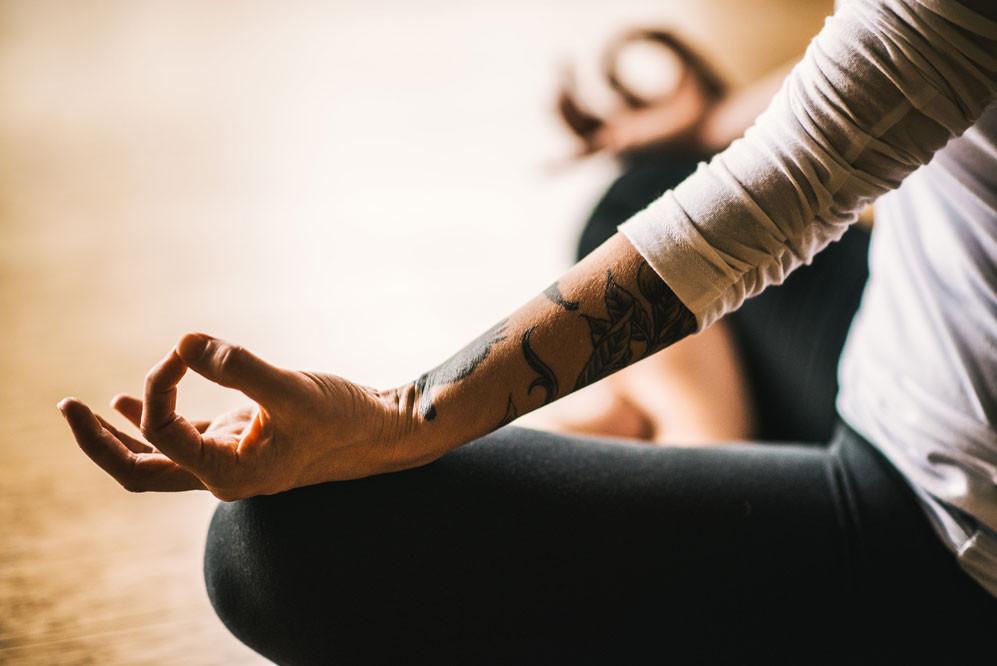

12 Ways to Spend More Time Outdoors
by Counseling and Wellness Center of PittsburghOctober 2, 2023 meditation, mindfulness, mindfulness based stress reduction, nature therapy, outdoor yoga, relaxation, self care, stress managment0 comments
With the crisp, autumn air in Pittsburgh, seizing the last warm days before winter arrives is a true delight. Embracing the outdoors during this season can infuse your days with a touch of brightness and tranquility.
Increasingly, we learn that the great outdoors may have many secrets to enhancing our wellness potential. In fact in a 2013 study published by the National Institute of...Learn More
The Nine Best Ways To Build a Self Care Plan, Mental Health Matters
by Counseling and Wellness Center of PittsburghJanuary 2, 2020 best ways to build self care plan, mental health matters, self care, self care month, self care strategies for mental wellbeing0 comments
Best way to build a self care plan, mental health matters
We hear lots of people taking about self care these days but what actually is it? Is there a right way to do it? I hope to answer some of these questions for you today because mental health matters and you matter. Self care can be defined as any activity that we do deliberately in order to take care of our mental, emotional,...Learn More
What are the best ways to practice mindfulness in every day life
by Counseling and Wellness Center of PittsburghJuly 1, 2019 Uncategorized, ways to incorporate mindfulness into daily life0 comments
Mindfulness and Meditation for Everyday Life The most beautiful thing about mindfulness is that we can practice it anywhere and anytime not just while we are in the middle of our downward facing dog or seated lotus position. Here are 6 ways to practice mindfulness that you probably never thought of! Let’s face it, being seated is not the ideal way to cultivate clarity of consciousness for all...Learn More
Lemon – Essential Oil of The Month
by Counseling and Wellness Center of PittsburghApril 20, 2019 essential oils for wellness, health benefits of essential oils, lemon essential oil uses0 comments
Each month in our quest for the best wellness tips that can be offered, we are sharing an oil and it’s health benefits as well as common uses. Lemon oil should not be rubbed in the eyes or delicate parts of the skin as it will burn and if placing it anywhere other than the soles of the feet or fingers/palms it should be diluted.
Essential oils contain active compounds which interact...Learn More
Meditation, Ommmm-my! Getting from Mind-Full to Mindfulness!
by Counseling and Wellness Center of PittsburghMarch 1, 2019 how to meditate, kinds of meditation0 comments
We all have the innate capacity for greater clarity, calm, and focus. Consciousness is in fact a skill that can be sharpened when each day we wipe clean the debris that clouds our minds and trickles even into our physical bodies. Mindfulness meditation is a kind of focused awareness where we become distinctly aware of our selves, the nature of our thoughts, the quality of the sensations...Learn MoreMeditation, The Number One Mistake Beginners Make
by Counseling and Wellness Center of PittsburghApril 19, 2018 counseling, meditation, mindfulness, therapy, wellness0 comments
Meditation and Mindfulness
Want to Become a Meditation Master? This is the Most Common Mistake that New Meditators Make and How to Fix It!
So maybe you have read the abundant data that meditation is one of the most fantastic tools that there is to enhancing mental clarity, reducing individual response to stress, and enjoyment of the great benefit of greater calm. According to the National...Learn More